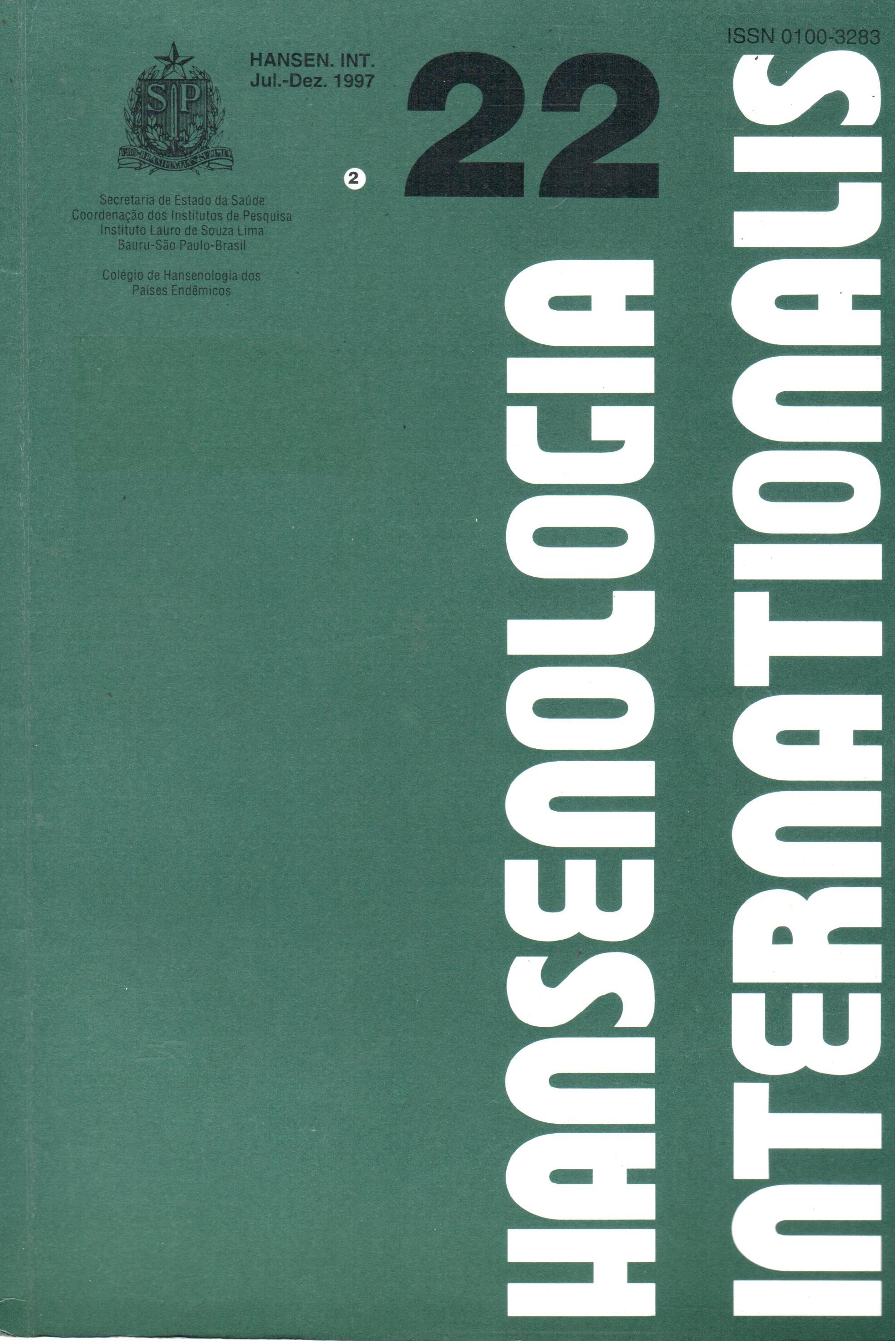Abstract
According to data of WHO, it is considered that a hidden prevalence exists in a number of 250.000 cases, approximately , distributed in the major endemic countries. This situation is product of the characteristics of the illness and operational factors that hinder the early diagnosis. On the other hand, the Programs of Control need to have estimated data about this hidden prevalence in order to plan their actions and to evaluate their results, for what was elaborated a simple method that allows to carry out this estimate. Although it is recognized that the confidence of the method depends on the quality of the data used in the procedure. A all estimated, it only allows to come closer to reality, without being exactly this reality. The method is based on the fact, generally accepted, that the patients early diagnosed must present less disabilities, for what was considered that the percent of new cases diagnosed with some disability represents an indicator for the average of the incubation period. This estimate should envolve the five years previous to the year in with we seek to estimate the hidden prevalence. The real estimated prevalence would be the results of the estimated of hidden prevalencia plus the well-known prevalence. To evaluate the results of the search actions of this serious hidden prevalence it is expected that the new cases detected in this particular year were similar to the sumof the estimated of hidden prevalence added of the average of the new detected cases of routine in the last five years.0
References
Habana 1994.
2- GILSUAREZ,R. Notas sobre laEpidemiologia de la Lepra, OPS/OMS, PNSP 89-42.
3- HASTINGS, R.C., et al. Leprosy, Churchill Livingstone, 1985.
4- LOMBARDI, C., FERREIRA, J., MOITA, C.P., OLIVEIRA, M. L. W. Hanseníase, Epidemiologia e Controle, Imprensa Oficial del Estado, São Paulo (Brasil) 1990.
5- NOORDEEN, S. K. Eliminating leprosy as a public health problem - Is the optimism justified?, World Health Forum, v.17 (2) , p. 109-108, 1996.
6-NOORDEEN, S. K. Eliminación dela lepra como problema de salud pública. Una perspectiva global. Informe de la Conferencia OPS/OMS sobre la Eliminación de la Lepra de Ias Américas, Brasilia 1996 (en proceso de edición) .
7- OMS, Comité de Expertos de la OMS en Lepra, Sexto Informe, Serie de Informes Técnicos 768, 1988.
8- OMS, Quimioterapia de la lepra, Informe de un Grupo de Estudio de la OMS, Serie de Informes Técnicos 847, 1994.
9- OMS, Elimination of leprosy. Questions and answers. WHO/LEP/96.4
10- OMS, Epidemiologia de la lepra en relación con la lucha antileprosa, Informe de un grupo de estudio de la
OMS, Serie de Informes Técnicos 716, Ginebra1985
11- OMS, Guia para la Eliminación de la lepra corno problema de salud pública, WHO/LEP/97.7.
12- SANSARRICQ, H., Seize the opportunity,World Health Forum, v. 17 (2), p. 142-144, 1996.
13- SMITH,W. C. S., Optimism justified, but realism indispensable, WorldHealth Forum, v. 17(2), p. 122-124, 1996.
14- SUMMERS, A., Leprosy for field staff, TALMILEP, UK, London 1993.
15- TALHARI,S.,NEVES,R.G.,Hanseníase,3a.Ed.,Manaus (Brasil), 1997.
16- WHO, Guidelines for carrying out Leprosy Elimination Campaigns, Mimeografiado, LEC-10.01.96, Geneva 1996.
17- WHO, Global strategy for the elimination of the leprosy as a public health problem,WHO/LEP/96.7.
18- WHO, Report of The Second International Conference on the Elimination of Leprosy,WHO/LEP/97.1.
19- WHO, Action Programme for the Elimination of Leprosy, Status Report, Updated 1997,WHO/LEP/97.4.
20- WHO,WHO Epert Committee on Leprosy, Seventh Report, Final Draft, Geneva 1997.
21- WHO, Guidelines for conducting a leprosy elimination programme review. WHO paper presented at the 1st. International Conference on the Elimination of Leprosy, Hanoi 1997.

This work is licensed under a Creative Commons Attribution 4.0 International License.
